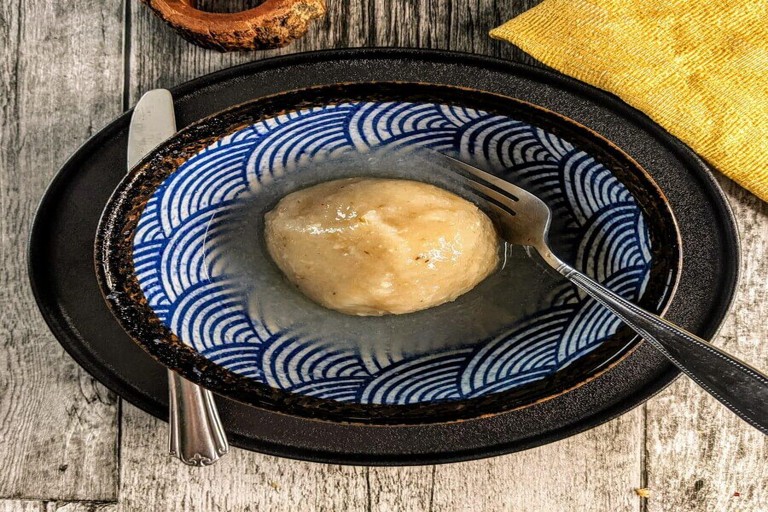Food & Flavour
Exploring Acadian Flavours in Coastal Communities
From Rappie pie to seafood fricot, Acadian cuisine is gaining renewed appreciation in Nova Scotia’s southern shores, with chefs reinterpreting classic dishes for modern palates.
Natalie Fournier | October 15, 2025 at 11:10 PM

Along the southern coast of Nova Scotia, a culinary renaissance is underway as Acadian communities breathe new life into traditional recipes. From Barrington to Clare, local chefs and home cooks alike are revisiting the rustic, hearty meals passed down through generations, adapting them for today’s palates while preserving deep cultural roots.
Central to this movement is Rappie pie — a starchy, slow-cooked dish made with grated potatoes and seasoned meat or seafood. While long regarded as a staple at family gatherings, it’s now appearing on restaurant menus with modern twists. “We serve ours with a drizzle of brown butter and sea salt foam,” said chef Laurent Belliveau of Café L’Anse. “It’s nostalgic but refined.”
Other Acadian specialties making a comeback include fricot (a chicken or seafood stew), tarte au sucre, and molasses cake. These dishes, once considered humble, are being elevated with locally sourced ingredients and artisanal flair. Coastal herbs, foraged mushrooms, and freshly caught scallops are finding their way into time-honoured meals.
At community festivals like the Festival Acadien de Clare, food takes center stage alongside music and dance. Tents line the waterfront offering samples of traditional fare, while cooking demonstrations teach younger generations how to preserve the culinary knowledge of their ancestors.
Cultural advocates say this revival is about more than food — it’s about identity. “Food is a language of memory,” said historian Simone Cormier. “By reclaiming these recipes, Acadians are reaffirming their presence, history, and resilience in the face of cultural loss.”
Local tourism boards have taken note, launching Acadian food trails that map out bakeries, seafood shacks, and heritage restaurants along scenic coastal routes. These culinary journeys encourage visitors to taste their way through Nova Scotia’s French-speaking enclaves.
As the movement grows, so does the pride in Acadian heritage. “We’re not just making meals — we’re telling stories,” said Belliveau. “Every bite has a past, and every plate invites someone into our culture.”